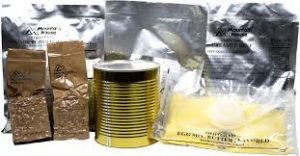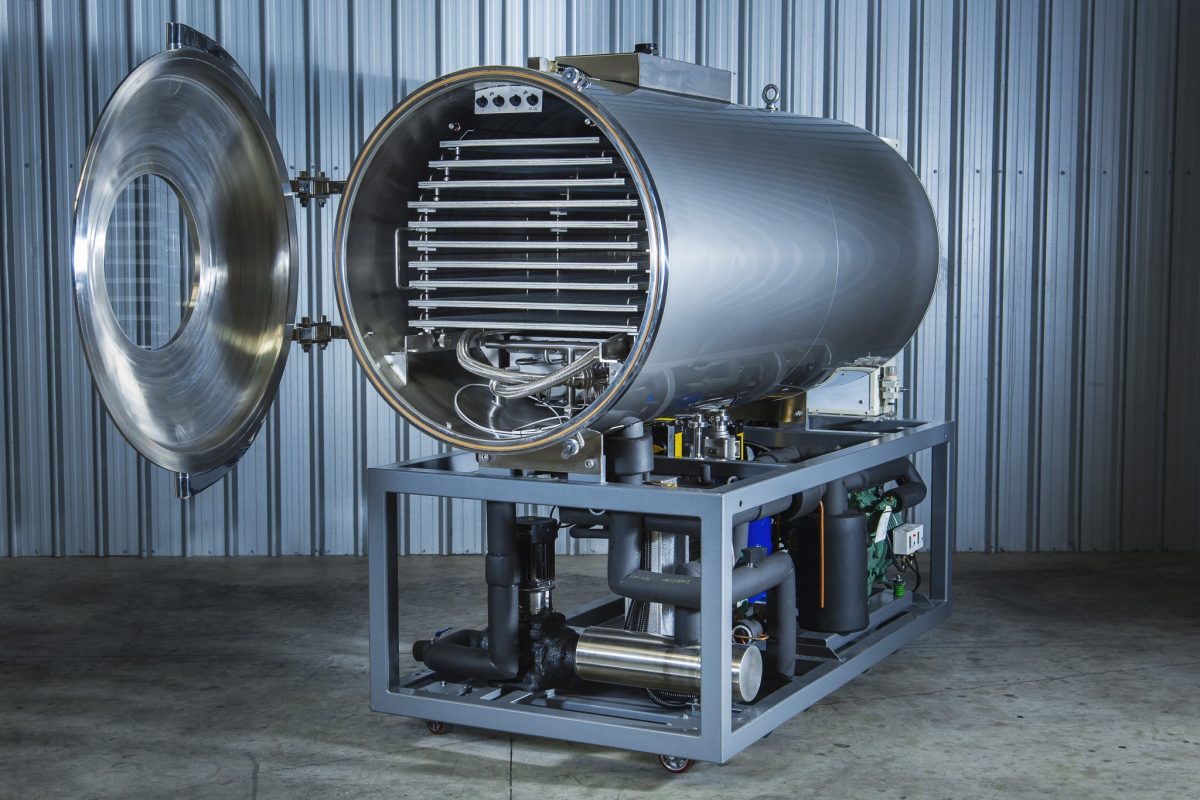There are many reasons why business in the emergency-supply industry is booming. In a modern world which seems more and more ravaged by natural disasters and safety threats, many see the benefits in a small collection of emergency goods, just in case the worst should happen. Outdoor activities and wilderness survival are also hot hobbies right now, leading to many buying emergency supplies for an ever-increasing range of extreme trips.

So how is freeze drying helping retailers capitalise on this ever-growing market? What are the benefits of freeze-dried food vs. food preserved via other methods? In this article, we aim to explore and explain why freeze drying is able to offer supreme quality goods for an ever-expanding market.
The Freeze Drying Process
Also known as lyophilization, the two-step freeze drying process aims to remove over 90% of moisture from frozen, raw produce. This can extend a product’s shelf life from anywhere between two and twenty years, with more ‘fleshy’ fruits, such as strawberries, sitting at the lower end and harder vegetables, like carrots, reaching the top end of the preservation spectrum. The freeze-drying process creates a product that is lightweight and still clearly bearing a resemblance to its original form.
The Benefits of Freeze Dried Supplies
The benefits of freeze-dried produce extend far beyond their impressive shelf life. Not only are they light weight, and still appetising to look at, as they are preserved while still in their raw state they retain not only their colour, but all the vitamins, minerals, and nutrients present in the pre-dried product remain.
This means that for adventurers and survivalists, top-quality nutrition is easily transported in an appetizing and flavour-packed form. This a key selling point for many, as when backpack space is at a minimum, only the best supplies will make the cut.
Freeze Drying vs. Dehydration
You may think that freeze drying and dehydration are one and the same thing. After all, both processes concern themselves with the removal of moisture from foods to extend their longevity. However, in terms of results, there really is very little comparison. In its physical appearance, dehydrated food is withered and harder, where as its freeze-dried counterpart can closely resemble its original form.
Typically, freeze-drying can remove 98 to 99% of moisture from an item of produce, compared to dehydration, which achieves around 90%. These optimal percentages, of course, depend on the specific product, but this 8 to 9% difference in moisture content can mean a food item stays edible up to 5 years longer, which can be an important selling point if your hobby is long-term preparedness.
The most important consideration to survivalists is probably the aforementioned fact that freeze-dried foods can retain all of their vitamins, minerals, and nutrients, offering the closest alternative to fresh fruit and vegetables, at least dietary-wise. The same cannot be said for dehydrated goods. Iron and fiber content are retained by foods prepared this way; however, vitamins A and C, and niacin and riboflavin are lost.
A Freeze-Dried Future
While dehydration has been a staple preservation for over 12,000 years, it may soon become redundant within the emergency-supply industry, as freeze drying produces a far superior product. The only drawback of freeze drying seems to be the equipment required, which can be costly. However, with technological advances being made each day, it would not be surprising if costs started to reduce greatly, providing a viable option for even the smallest emergency-supply business.

